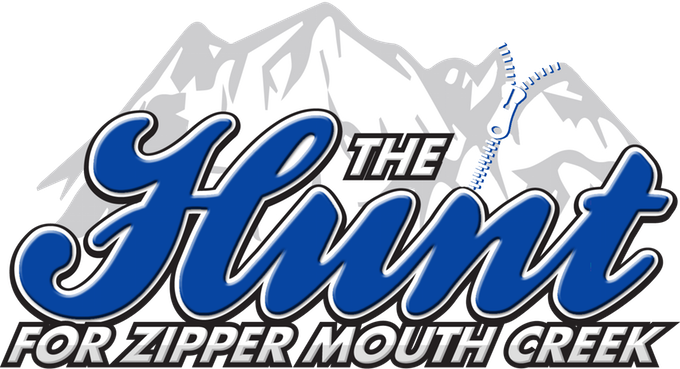The Hunt for Zippermouth Creek is a Kickstarter program trying to raise money to increase motorized user avalanche safety. The group plans to achieve its goals by creating a 5 or 6 webisode series that documents travel to different snowpacks areas.
Project Goals:
1. Develop a free social media tool used to raise awareness and educate the snowmobile community about the importance of avalanche prevention.
2. Help increase the knowledge of the professional avalanche community through researching the snowmobile’s impact on the snowpack.
3. Produce a fun, exciting 6-8 minute documentary, webisode series with high level riding and life style content to keep viewers engaged.
4. Work with avalanche organizations in six high use areas of North America, and help promote their messaging.
Outline:
This will be a free, 5-part (with a stretch goal for a 6th) web series focused on the development of personal riding skills and avalanche knowledge for the motorized backcountry user. We will travel to 5 (hopefully 6!) key areas around North America and work with local avalanche organizations and riding professionals to demonstrate the tools needed to prevent and deal with avalanche accidents. This will give the viewer a chance to develop their skills to hunt for their own fresh tracks.
With a strong need to understand how a snowmobile impacts the snow pack, Jeff Scott and Jeremy Hanke developed a snow pit: the “Scanke Pit”. This unique snow pit is designed to collect the snowpack’s information, then determine how a snowmobile ascending, descending and side hilling affect it. A similar ski test is the Rutsch block. Our goal is to refine the design of the pit and increase the knowledge base. In each episode we will dig one of these pits with a local avalanche professional giving us the chance to learn from them by asking for their input and feedback. With all the travel and pit digging it’s important to go slash some turns in the untracked backcountry; life’s about balance. That’s why, in each episode, we’ll be teaming up with a local pro rider to hunt for “Zipper Mouth Creek”: that special place you’ve got all to yourself. This is where we will demonstrate fast economical route finding, hazard identification and travel techniques while playing in avalanche terrain.
With the pros, we can learn what local avalanche issues there are and how to avoid them. We will work with the local avalanche forecasters and learn how they communicate their avalanche bulletin to recreational users. This web series will demonstrate the balance we all seek in the backcountry: how to have a good time and make it home safe.
The Scanke Pit
What has been learned in the ski community allowed us to develop a stability test much like the Rutschblock.
We begin by digging a traditional avalanche pit that allows us to get the baseline information from the snowpack. We then isolate three columns, one above and on each side of the pit. On the side columns we ensure there is nothing down slope, to allow movement of the column at unstable layers.
As a snowmobile does considerable damage to the columns regardless of stability, we don’t have as many testing levels. We do have two levels. The first is simply passing the snowmobile over the column. The second is having the rider apply pressure to the machine as it passes over the column.
As you can see in the following photos, the snowmobile did not trigger a release in the first level, indicated by the presence of tracks, and no movement of weak layers. As the second pass takes place with pressure applied to the snowmobile, while on the column, it causes a fracture at a weak layer.









